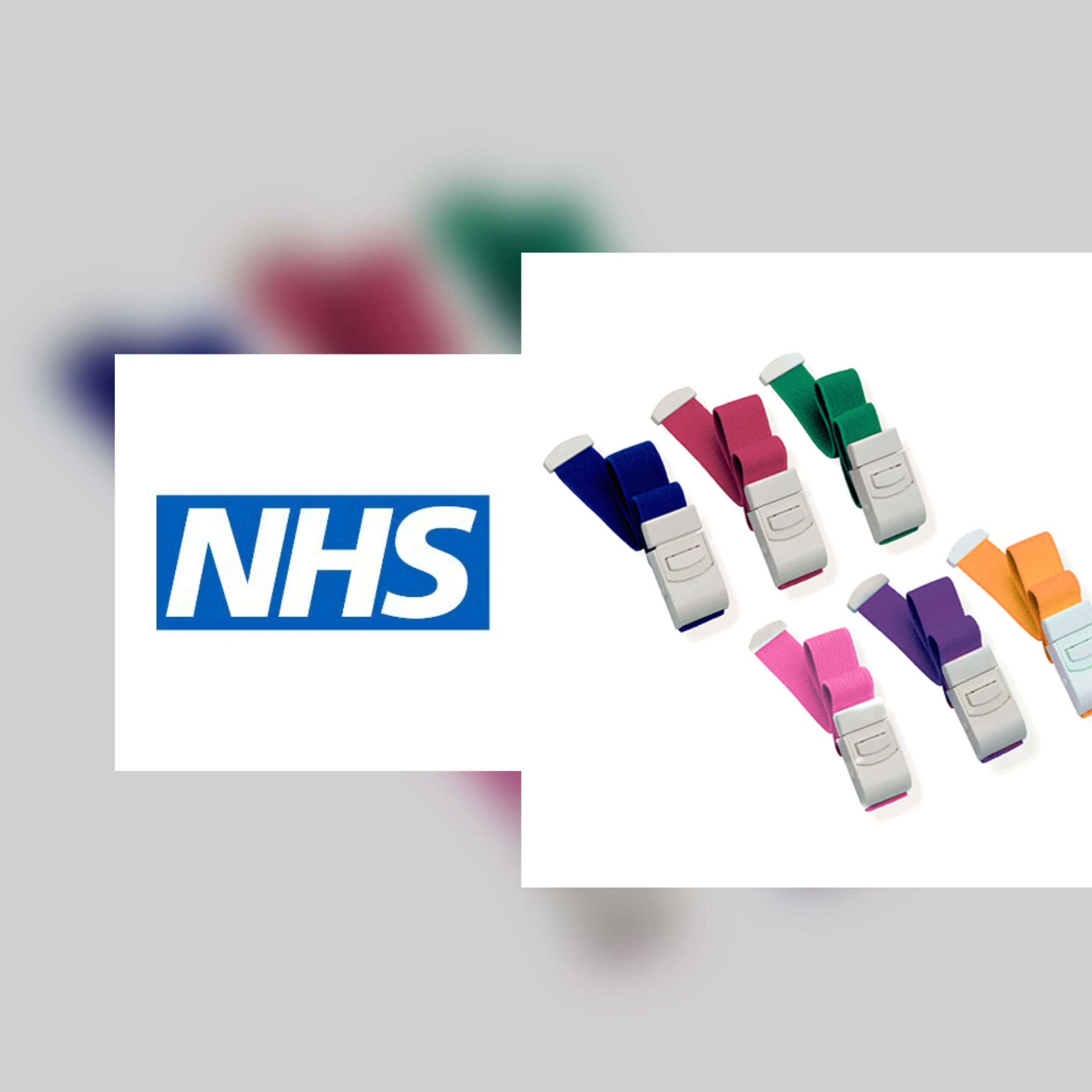Hospital reintroduces reusable tourniquets in a bid to reduce waste
Hospital reintroduces reusable tourniquets in a bid to reduce waste
Mid Yorkshire Teaching NHS Trust has reinducted reusable tourniquets in a bid to reduce waste.
Tourniquets are used to help clinicians identify veins and take blood. Most hospitals moved over to single-use products over infection control concerns.
Daisygrip was chosen by the trust as a replacement for the damaging single-use products as it is easily wipable. The manufacturer says it is the first hygienically reusable venous tourniquet and has a unique intuitive locking system.
An analysis at the trust showed more than 330,000 disposable tourniquets were used each year.
In contrast, the same Daisygrip will be used eight or nine times before being replaced.
The change will reduce plastic waste by three-quarters of a metric tonne, which equates to 2.3 tonnes CO2e, and save the trust around £20,000 a year.
Redressing the balance.
Peter Leighton-Jones, Head of Sustainability at the trust, explained: “It’s clear that there has been a gravitation towards disposable, single use items in the NHS over recent years, driven largely by the response to the pandemic, which caused seismic changes to how we conducted healthcare activities, with the intention of reducing infection risks.”
“The time has now come to redress the balance and move towards a more circular style of healthcare, where items can be reused depending on the products in question, where it’s safe to do so from a health provision and infection risk perspective.”
He continued, “All purchasing decisions should be based on whole-life costing analysis, where the overall costs of ownership might well be lower for more robust, reusable products. Likewise, lifecycle carbon assessment is critical. All of this is necessary if the Trust is to achieve both its carbon reduction commitments and its broader sustainability aspirations.
“It’s extremely positive that this latest initiative is moving us back in the direction of resource circularity and, in doing so, is saving money, reducing carbon emissions and avoiding needless waste.”






